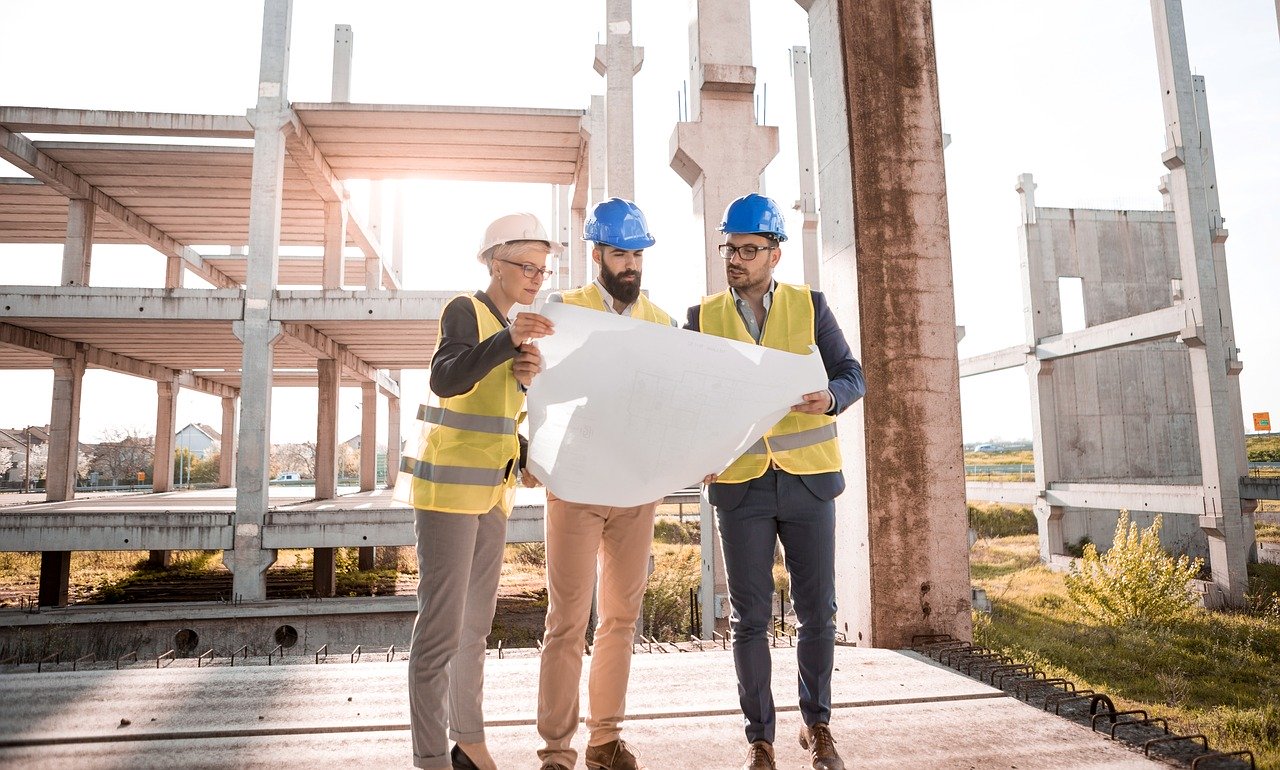 The construction industry is among the dangerous sectors in the United States of America. Every year, the Occupational Safety and Health Administration (OSHA) reports the top ten regulations that constructions site violate. Despite safety and educational materials, the violations that appear on the list remain the same.
The construction industry is among the dangerous sectors in the United States of America. Every year, the Occupational Safety and Health Administration (OSHA) reports the top ten regulations that constructions site violate. Despite safety and educational materials, the violations that appear on the list remain the same.
Therefore, if you have a construction site, you can incorporate the educational materials with the following tips to ensure you and your workers are safe.
Table of Contents
1. Fall Protection
Fall protection on the construction site may be categorized into two; passive and active. Understanding these two categories can establish a safe environment for you and your workers. It may also alleviate all the possible liability or lawsuits should there be cases of accidents.
In every construction, employers have the duty of preventing fall cases. A perfect way to achieve this is through thorough training, plant maintenance software, personal protection equipment (PPE), and protection education.
2. Machine Guarding
Parts of a moving machine, such as sheers, guillotine cutters, and power saws, have a high chance of causing severe injuries like amputations, blindness, burns, and crushed hands or fingers. Machine guarding is the first line of defense against these injuries. Every machine must be accompanied by safeguards that can protect operators from hazards created by rotating parts, flying debris, and ingoing nip points. Some of these safeguards that you can use at the construction site include:
- Adjustable guard
- Interlocked guard
- Fixed guard
3. Forklift Inspection
Telehandlers (industrial trucks) and forklifts are important machines that construction sites use. However, before you handle your forklift, OSHA expects you to inspect it first to avoid being hampered by accidents or breakdowns. Whether you prefer weekly or daily inspections, a telehandler and forklift maintenance checklist has to follow the same format.
Inspection checklists can also be done electronically, where you can collect information about specific components of your machine. But how does electronic inspection work? Forklift operators enter inspection details through a mobile app and provide some information, such as notes and pictures, to clarify about potential issues. When conducting the inspection, you can obtain information on forklift components like:
- Brakes
- Radiator
- Tires
- Control levers
- Horn
- Gauges
- Odometer reading
4. Hazard Communication
Both the host-site and contractor employers have the duty of sharing some of their hazard communication training and programs. A contractor manager who brings in hazardous chemicals must have a program that describes how dangers are communicated to employers. The program may also include methods of informing workers of PPE/precautions and providing MSDSs (Material Safety Data Sheet).
The OSHA also has the responsibility of ensuring that apart from current employers, training may also be offered by employee unions and past employers. However, the current employers will need to ascertain that workers on the site are properly trained.
5. Respiratory Protection
Construction worksites may have toxic fumes and specks of dust that may make workers ill. Some respiratory chemicals like carbon monoxide may also knock you out, and others like asbestos can cause cancer in the lungs.
Though respiratory protection may save lives in construction sites. Choosing the best respiratory protection depends on different chemicals on the site. Disposable respirators with filters and cartridges can offer protection to workers from hazards, such as:
- Metal fumes
- Wood dust
- Silica
- Solvents
Construction Worksite – Safety Plan is Key!
When an injury occurs at a construction worksite, it’s vital to have a safety plan. The right PPE has to be available, and employees should be equipped with enough training to deal with injuries.
However, establishing a safe environment for construction projects is key, but it has to start by creating safety awareness on the worksite. Incorporating your safety plan and personal protective equipment may not be enough. You will also have to work as a team to implement all the safety tips reasonably.